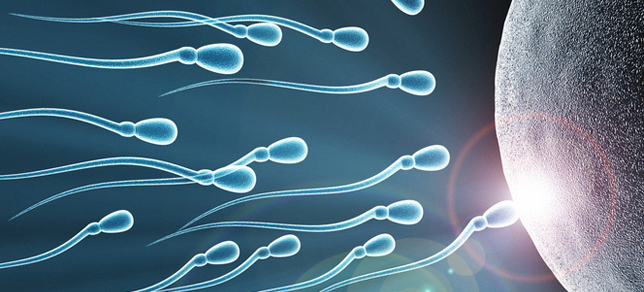Fertility Treatment For Male Factor Infertility
Several methods are available for fertility treatment for male factor infertility. At New York City IVF we want to use the treatment of proven success and avoid using methods that are not backed by scientific evidence.

“It does hit the heart of a man’s manhood in terms of his ability to provide for his partner and being able to father children and it does strain the couple a lot” Men should not suffer in silence as effective treatments for male factor infertility are available and effective”.
Medical Treatment For Male Factor Infertility:
Weight loss, avoiding smoking, reducing alcohol intake and other lifestyle issues can be very helpful.
The majority of men do not benefit from medical treatment using medications such as clomid, Tamoxifen (nolvadex), anastrozole (arimidex), hCG (chorionic gonadotropin) and testosterone. The use of supplements also do not carry any proven benefit. In specific, the odds of pregnancy and live birth do not increase in female partners of men using these medications. The use of testosterone and other anabolic steroids suppresses sperm production.
In few men with pituitary gland problems e.g Kallmann syndrome, stimulation of sperm production with injection medications may improve sperm count. Also in men with decreased libido due to high prolactin, medical suppression of that hormone may increase the frequency of intercourse. Medical treatment will help a small minority of men.
Surgery For Male Factor Infertility:
Obstruction: as in men with prior vasectomy or other obstructions, surgery may be used to open the obstruction. Alternatively sperm may be harvested and used for IVF-ICSI
Surgical repair of varicocele does not appear to increase the chance for conception and live birth in female partners.
Assisted Reproduction
Available methods are tailored to male’s initial sperm analysis, presence of obstruction, retrograde ejaculation or decrease sperm production. IVF should be considered in men producing 10 million motile sperm or less and men with multiple sperm abnormalities (in count, movement and shape).
Sperm Retrieval: If Not Enough Sperm Are Ejaculated, Sperm Can Be Obtained Using:
- Freezing multiple sperm samples prior to treatment if few sperm are emitted.
- Using vibratory devices in men unable to maintain erection.
- Post-ejaculation bladder wash in retrograde ejaculation.
- Electro-ejaculation (EEJ) in men with spinal cord injury.
- Needle aspiration.
Direct harvest of sperm from the duct of the testes (MESA) or the testes itself (TESE) through micro-dissection under a microscope or multiple biopsies to find an area that has sperm production.
Intracytoplasmic Sperm Injection (ICSI)
One sperm is selected and injected into the egg. It is used when the number or quality of sperm is small or when lower fertilization ability of sperm is predicted. It is also recommended in women with prior fertilization failures.
Intracytoplasmic Morphologically-Selected Sperm Injection (IMSI)
is a modified technique for ICSI where a high magnification lens is used to select the best looking sperm based on their detailed shape and structure for injection into the egg. It is sometimes helpful in cases of severe male factor.
Donor Sperm
If the use of donor sperm is acceptable, it can be used when repeated sperm retrieval fails and in cases of some genetic disorders and repeated fertilization failure.
